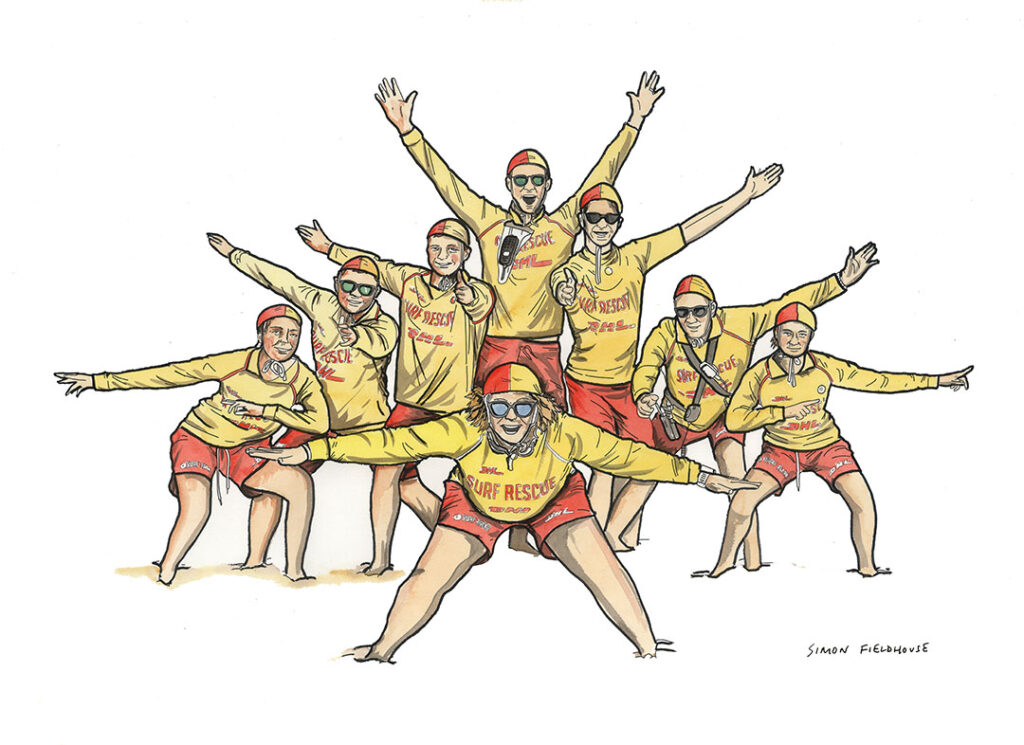
Surf Rescue - Australia
The history of surf rescue at Australian beaches is a rich and storied one, rooted in a deep tradition of beach culture and community spirit. The concept of organized surf lifesaving in Australia can be traced back to the late 19th century, and it has since evolved into a world-renowned movement.
The birth of surf lifesaving in Australia can be attributed to the tragic drownings that were occurring along the New South Wales coast in the late 19th century. The danger of powerful surf and rip currents became evident, and a need arose to find a way to prevent these tragedies. The first surf lifesaving club, known as the "Bondi Surf Bathers' Life Saving Club," was established at Bondi Beach in 1906. This event marked the beginning of a formalized approach to surf rescue in Australia.
These early surf lifesaving clubs were established with a clear mission: to prevent drownings and rescue swimmers in distress. They began to develop various techniques and equipment for this purpose. The iconic surf reel, which was invented by Lyster Ormsby, allowed lifesavers to send a line and buoy to stranded swimmers, pulling them to safety. This innovation significantly improved the effectiveness of surf rescue operations.
As the popularity of beach activities grew, so did the need for more surf lifesaving clubs. The movement expanded to other Australian states, and by 1915, the Surf Life Saving Association of Australia (SLSA) was formed, providing a unified governing body to oversee the various clubs' activities and competitions. The SLSA established standardized training programs and safety protocols, ensuring that all lifesavers were well-prepared for their roles.
World War I and World War II had a significant impact on surf lifesaving in Australia. Many surf lifesavers enlisted in the military, and the clubs played a crucial role in wartime efforts, contributing to patrols and coastal defenses. After the wars, surf lifesaving experienced a resurgence, with many returning servicemen rejoining the movement.
Over the years, surf rescue in Australia has continued to evolve. The use of technology, such as motorized inflatable rescue boats (IRBs), helicopters, and drones, has become integral to the modern surf lifesaver's toolkit. These advancements have significantly improved the efficiency and reach of surf rescue operations.
Today, surf lifesaving is deeply ingrained in Australian culture, and it continues to thrive. It not only saves lives but also promotes water safety education and encourages an active, healthy lifestyle. Surf lifesaving competitions, which include events like surfboat racing, beach sprints, and ironman challenges, are a popular aspect of this culture and showcase the skills and physical fitness of lifesavers.
In summary, the history of surf rescue at Australian beaches is a testament to the nation's commitment to preserving life and ensuring the safety of its beachgoers. It has evolved from a response to tragic drownings into a sophisticated and multifaceted movement that combines tradition, community spirit, and modern technology to protect the coastline and save lives.